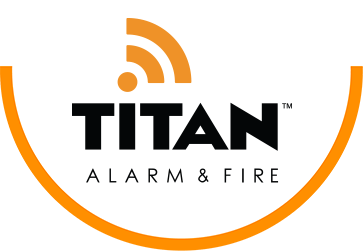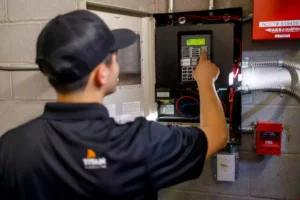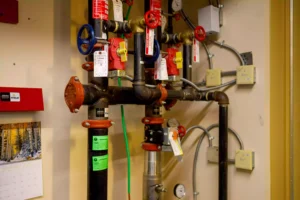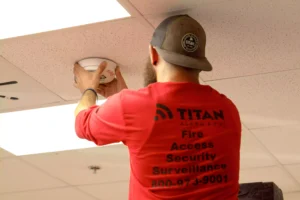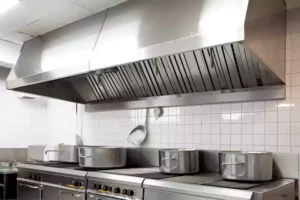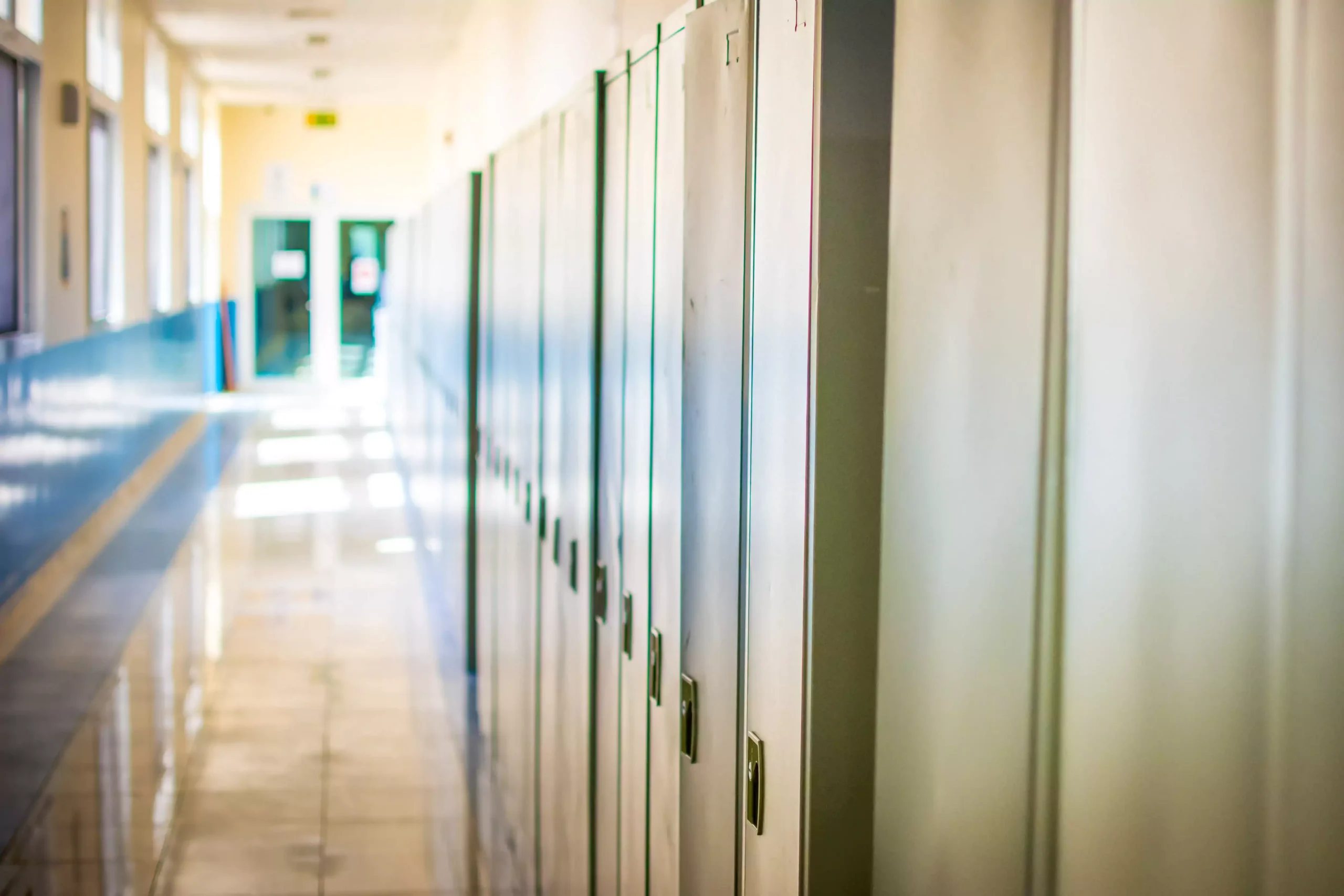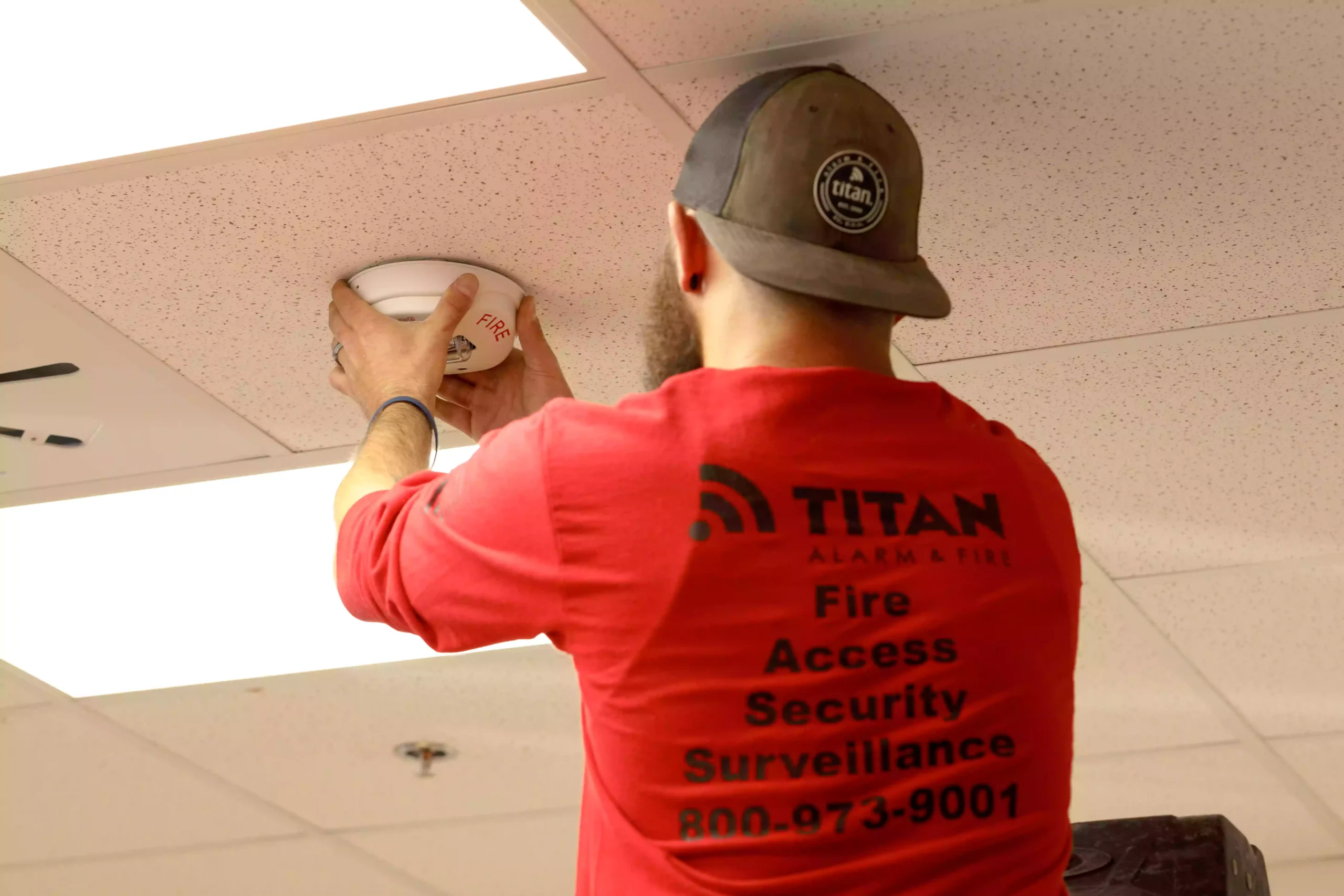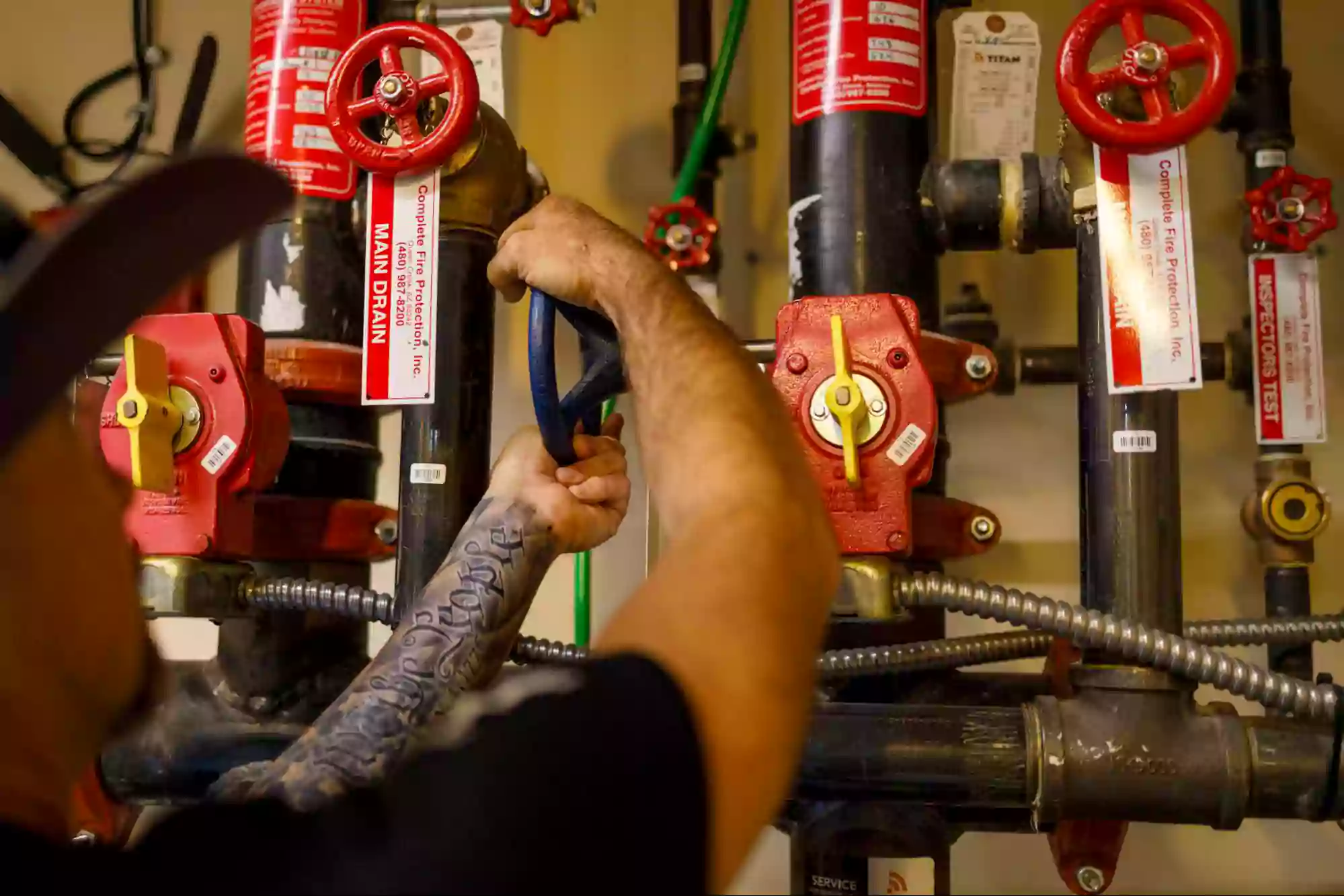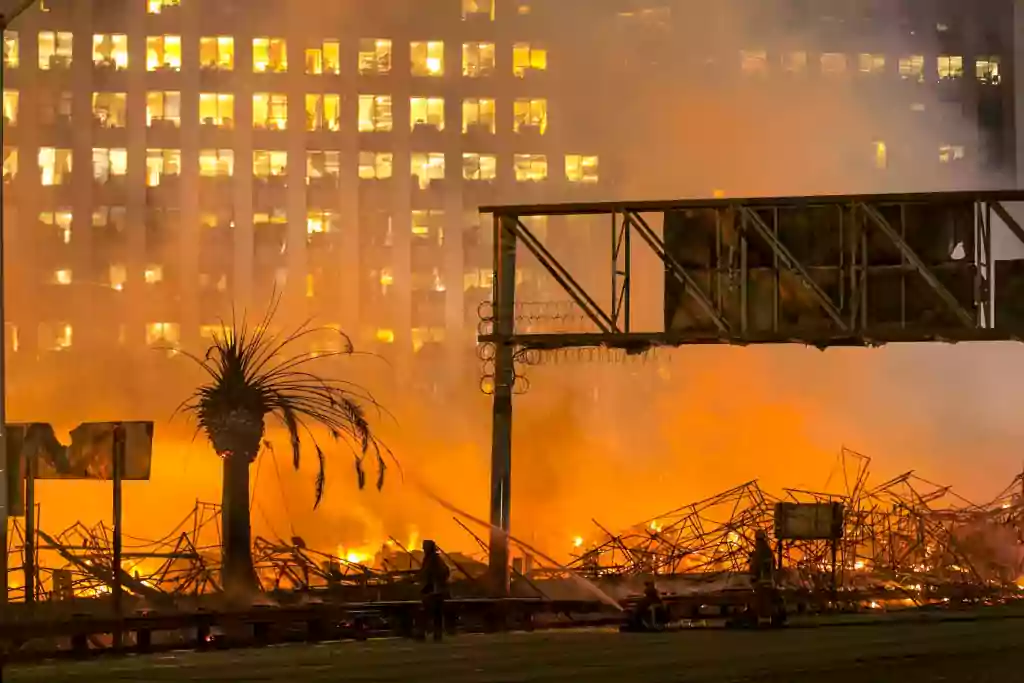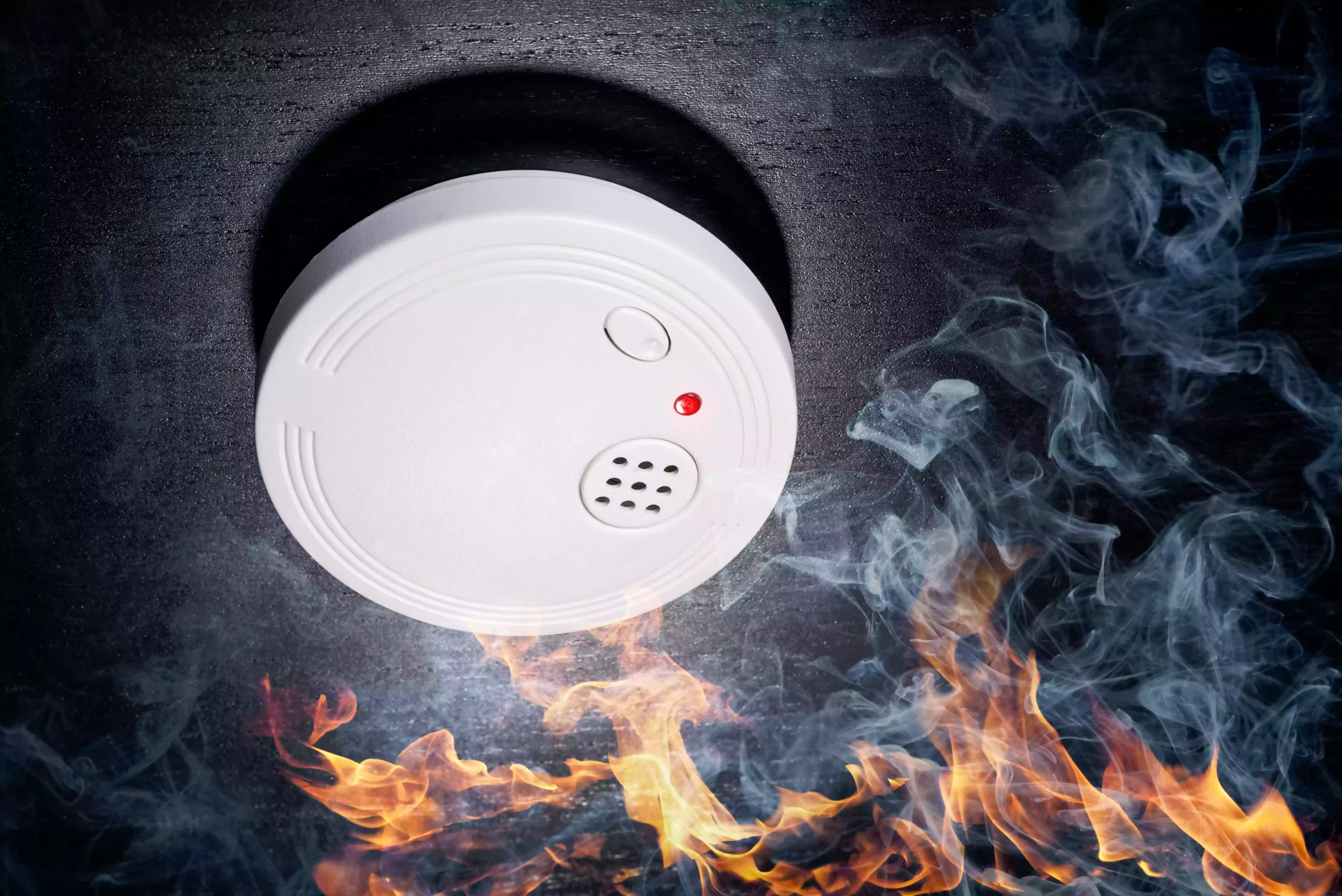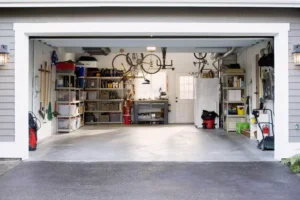
Losing your home to a fire can be a scary thought, but there are a lot of preventive measures you can do to prevent home fire or fire accidents.
Most people know the basics of fire safety at home such as not leaving burning candles or cooking unattended, and keeping a fire extinguisher on hand. But there are more things you can do to prevent home fire or home accidents. Here are some of important home fire safety tips.
1. Check electrical cords throughout the house
Faulty wiring and outlets are some of the top causes of house fires. Check the electrical cords throughout your home for signs of fraying, and replace all frayed wires.
Be aware of the capacity of your home’s electrical system. Do not overload your circuits. If you have questions about your home’s electrical system, you may want to consult a licensed electrician.
2. Check Dryer
If you have a gas-powered clothes dryer, have it inspected once a year to make sure all connections are secure. No matter what type of dryer you have, always clean out the lint filter after a load is finished. Regularly check behind and around the dryer for pockets of lint or items of laundry that have fallen under or behind. Use a shop vacuum or hire a professional to thoroughly remove all lint and debris from the lint trap area and all external dryer vents at least once a year.
3. Inspect Heating Sources
Regardless of what kind of primary heating you have in your home, an annual inspection will reduce your risk of fire.
Change furnace filters regularly to avoid a buildup of dust and lint that can easily catch fire. If you use space heaters, carefully inspect them before and after each use, and place them at least three feet away from anything combustible, such as fabric or paper. Check water heaters as well, especially those that run off gas and have a pilot light. Make sure nothing is close to the heating element.
4. Keep Firewood, Piles of Leaves and Garbage away from the Home
If a grass fire starts nearby, these items next to your home could easily become kindling. Never dump hot ashes inside or near your home; keep them in a metal container well away from your house and garage.
5. Know your Shutoffs
Know the locations of your power shutoffs for all utilities, including gas lines, circuit breakers, appliances, and fuses. Post clear shutoff directions next to each one. Keep a non-sparking tool handy for turning off gas.
6. Install Fire Alarm System
Many people do not have fire alarm systems installed in their homes. Many assume that they are able to smell smoke when they are asleep and wake up in time to escape in case of a fire emergency. Well, this is not true at all. Studies have been conducted and it has been proven that people’s sleep are disrupted when there is sound or noise, but it is NOT the case with smell. Our sense of smell is lost when we are asleep, and we will not wake up no matter how strong the smell of smoke is.
The only thing that can alert you and your family 24/7 from a fire is the sound of a well installed and maintained fire alarm system. Fire alarms are important because they can give you an early signal to something that could be tragic – basically saving your lives.
Titan Alarm is a full-service security system provider offering a complete range of services to protect your home in the event of a fire emergency. They utilize the latest technology to take your home fire security to the next level with detection and monitoring systems, advanced fire alarms, IP/cellular communications, preventative maintenance, and a variety of other services.
